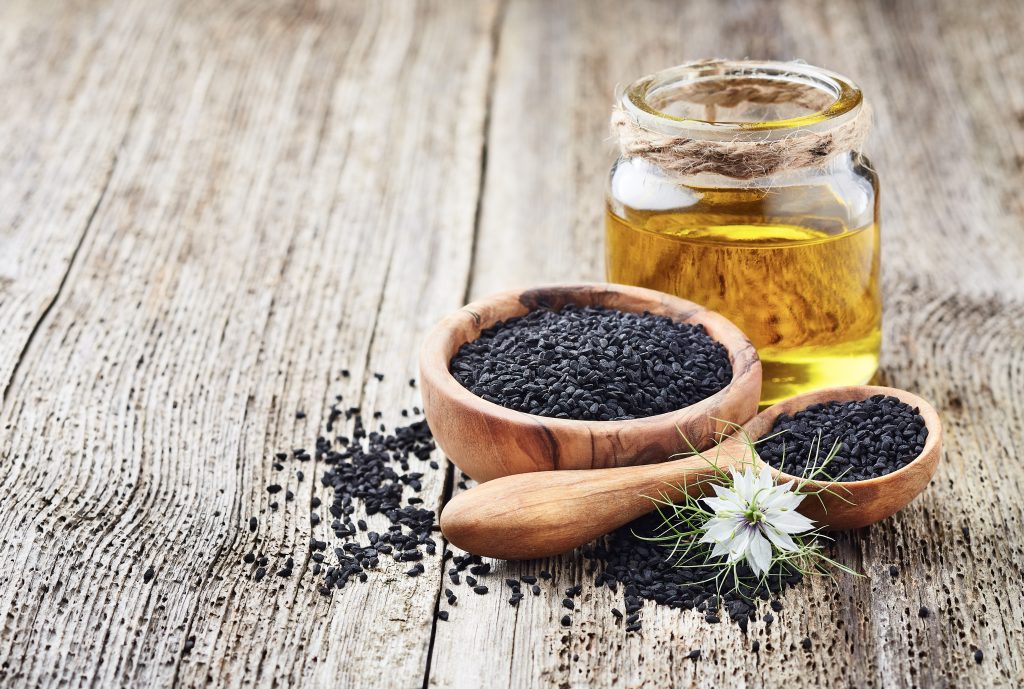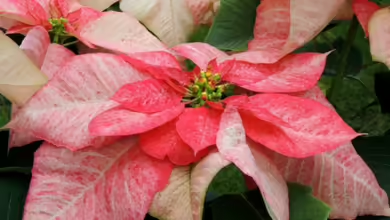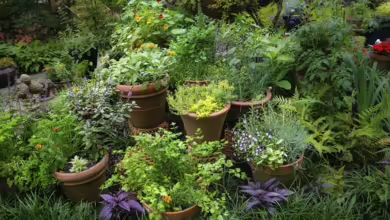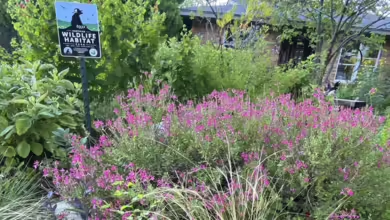Darkness Aids Germination
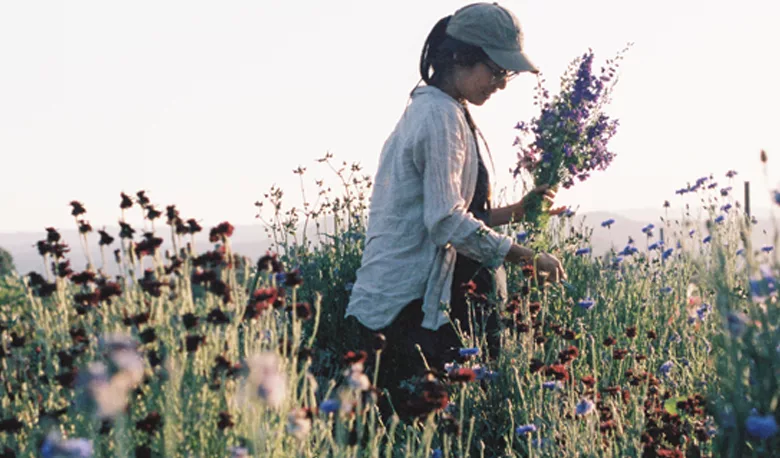
The brightest bloomers spring from darkness
When the first spring flowers emerge from the darkness of winter, my whole being seems to burst with joy.
Larkspur, Nigella, Lily of the Valley, and Daffodils start popping up in the garden, and, in a way, it feels like that warm embrace of friends you haven’t seen in ages.
“I’ve missed you,” I whisper under my breath as I crouch down to greet the first-budding blooms. After what often seems like an endless winter, the signs of spring always make me feel lighter again.
I remember the first winter I ever attempted to grow these springtime flowers. I anticipated fields of lavender and dark blue Larkspur, along with bright white-and-purple Nigella blooms.
Despite the heavy winter rains and shorter days, I was determined: I tore open countless seed packets, hunched over seed trays, and meticulously planted thousands of flower seeds into each cell. I waited and waited, staring at the bare soil as if that would help them hurry up and emerge. Weeks passed by, and my disappointment seemed to be the only thing growing as the winter days dragged on.
My seeds weren’t germinating! I looked to my suppliers for help, and they all said the same thing:
darkness aids germination.
I remembered reading those words on a few of the seed packets, but not understanding what they meant. I assumed simply planting the seeds deeper was the right course of action to keep most of the sunlight out.
Then, a friend recommended I try wrapping the seed trays in black trash bags instead. In just a few days, I began to see all the tiny seedlings emerge. Just a few months later, I find myself surrounded by the sea of lavender, blue, and bright white hues I had yearned for all winter.
I don’t think I would have the same appreciation for spring blooms if it weren’t for the challenges I faced growing them myself. The frustration, disappointment, and confusion were all essential to my process. We often take these feelings wrong, or we get impatient with ourselves for feeling this way. We tell ourselves to overlook the darkness and pain rather than push deeper to find answers to what it is we truly desire.
However, it’s the very darkness we experience that is the catalyst to our germination.
What is it you are longing for?
Are you pushing inward, into that darkness, as you discover new ways to bloom this spring?
Nigella Sativa, also known as black cumin or black caraway, blooms for a short time in the spring. The flowers are delicate and attractive to look at, and their seedpods hold hundreds of small black seeds. When the seeds are cold-pressed into oil, it has immense anti-inflammatory and anti-microbial effects on the skin. It can be applied directly to the preferred areas of skin to hydrate and soothe acne, burns, and other unwanted blemishes.
Nigella Sativa Face Mask
- 1/2 tbsp. Nigella Sativa oil (also called Black Cumin Seed oil)
- 1-1/2 tbsp. Raw Organic Honey
- 1-1/2 finely ground apricot seed shells
For a nourishing and soothing Nigella Sativa face mask, mix all the ingredients in a small bowl. Use your fingertips to gently apply onto the face and neck in a circular motion. Let the mask sit and soak deeper into the skin for approximately 10 minutes. Gently massage while rinsing it off thoroughly with warm water. To finish, pat your skin dry. Nigella oil may be hard to find locally.
I also buy this beneficial oil readymade online at: newdirectionsaromatics.com/products/carrier-oils/black-cuminseed-carrier-oil-virgin.html

